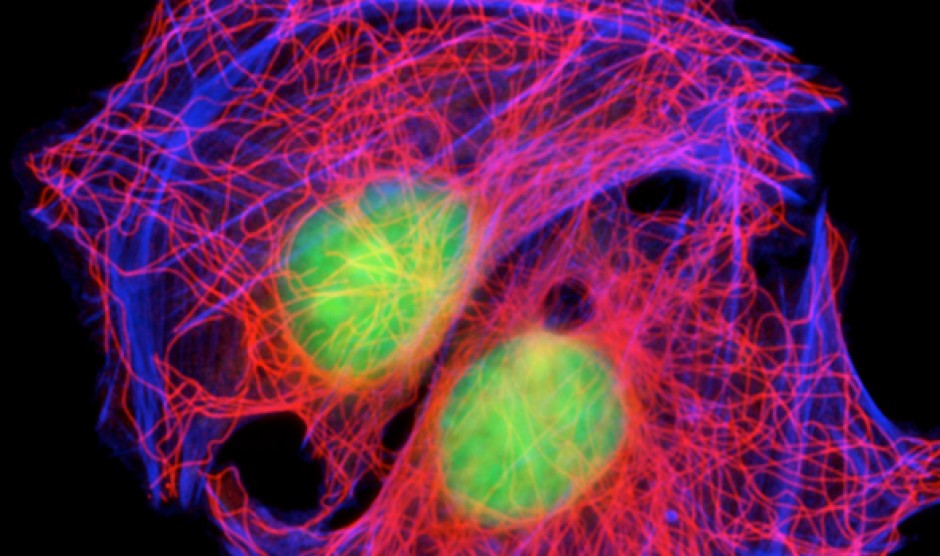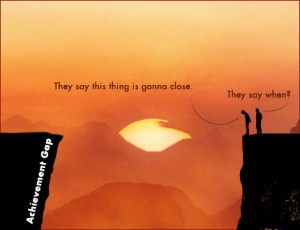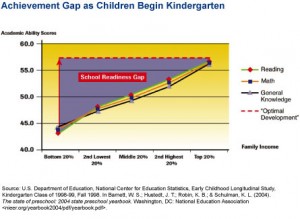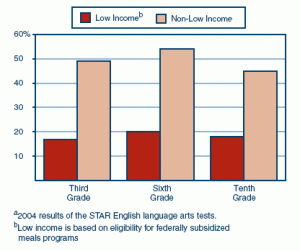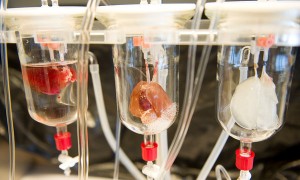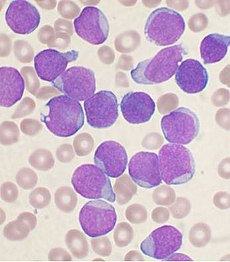Now that Thanksgiving, Christmas, and New Years (the Chinese one too!) have passed, I think we all can admit that we overate. We stuffed our faces in mashed potatoes and gravy, indulged in too many Christmas pastries and cookies, and did it all again for New Years. And now that we’re in college, Late Night is a bit too accessible at times. All I can say is, I miss my old body, the body whose “food clock” was not thrown off, disgruntled, and upset.
Food clock? Yes, food clock.
Have you heard that that thing called circadian rhythm? Maybe you’ve heard it in terms of our sleep cycle; if we sleep at 1:00AM and wake up at 11:00PM for an entire month, our bodies are set to that time and repeat that sleep cycle each night (if we’re not pressed for those damn papers or exams we need to study for…ALL NIGHTERS ANYONE?).
Researchers at University of California San Francisco have done a little bit of studying on this thing called our “food clock” and have discovered how this clock works on a molecular level. When we over eat, whether it be a holiday gathering, or that one night you decided to treat yourself at 2:00AM with a night taco from Taco Bell (I know you’re guilty), your biological food clock adjusts, and these researchers have pinned down the gene that is responsible for our shift or adaption to certain habits that occur around the same time.
Biological clocks are a “collection of interacting genes and molecules” that are switched on and off to keep our body on the right time of day. Our food clock is responsible for making sure our body is in the right stage to fully and efficiently absorb what we’re eating and the beneficial nutrients that come from our food. The genes involved assist in making sure these nutrients go from our digestive system to our bloodstream. The food clock also anticipates our eating patterns so if you began to eat at midnight every night, your body gets used to that and begins to get hungry at that time, anticipating food. It is the reason we feel the pangs of hunger and desire to eat when that dinner hour comes knocking on our doors….or should I say stomach.
The protein PKCy is the one responsible for resetting our food clock and is known to bind to another molecule, BMAL to shift the clock. This research is still underway, however, it can provide light on some disorders and diseases such as diabetes and obesity, something that is on the rise in America, and as college students, on the rise in some of us ( I am guilty).
So while I continue snacking on those crackers late at night, my body is getting used to it, and I am essentially adding a new meal that really isn’t needed. Don’t get your clock shifted unless it’s to shift it back to a healthier eating pattern.
Chinese New Years Resolution: Lose 15 pounds.
Wish me luck…lol
